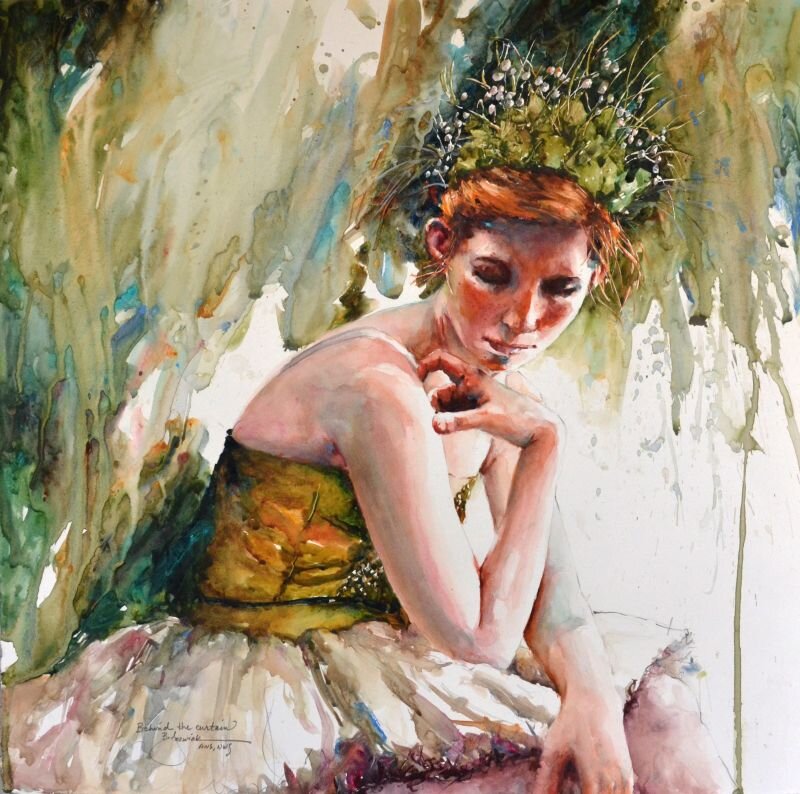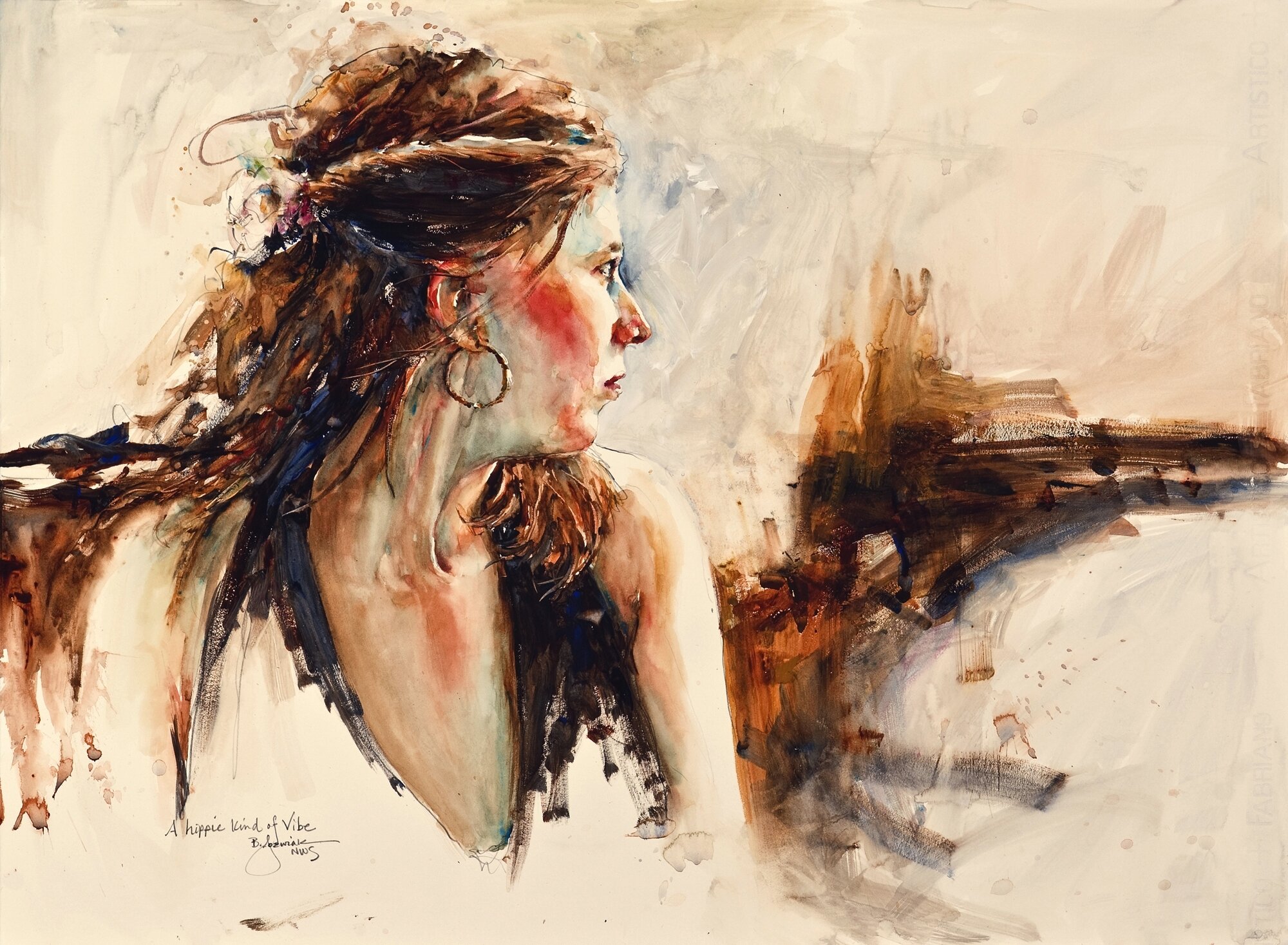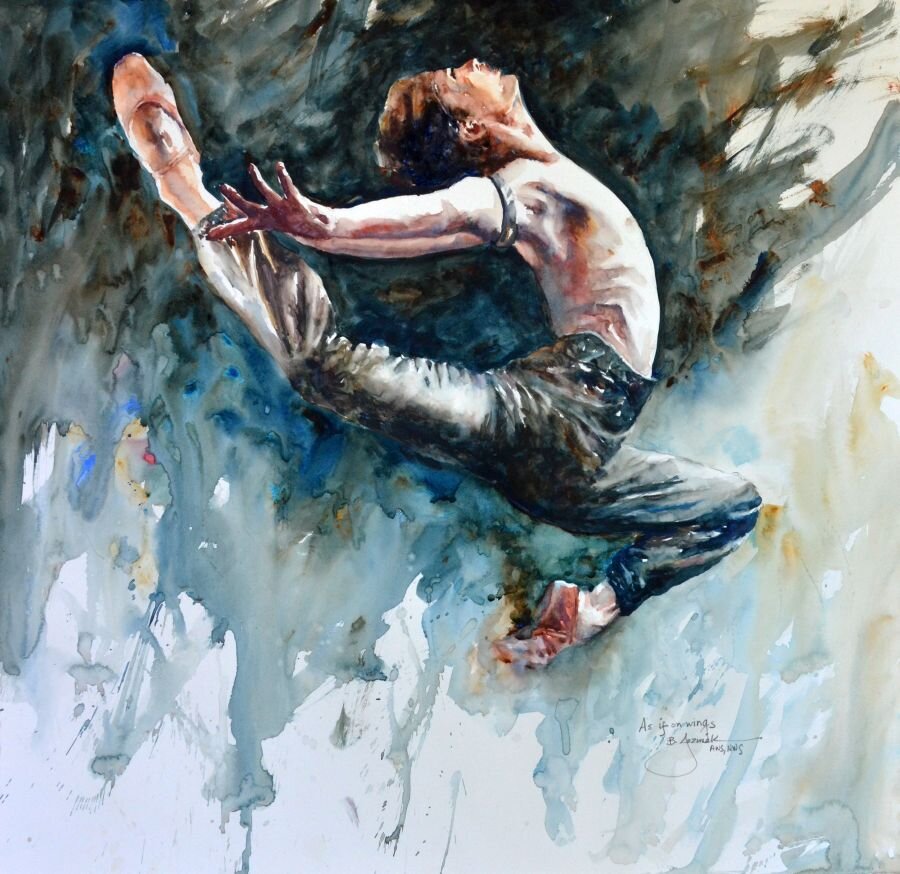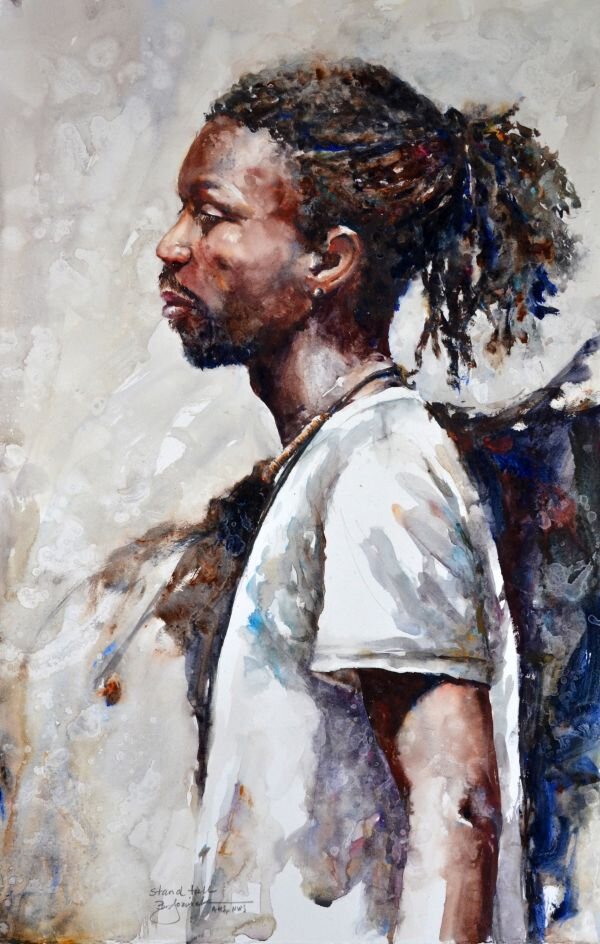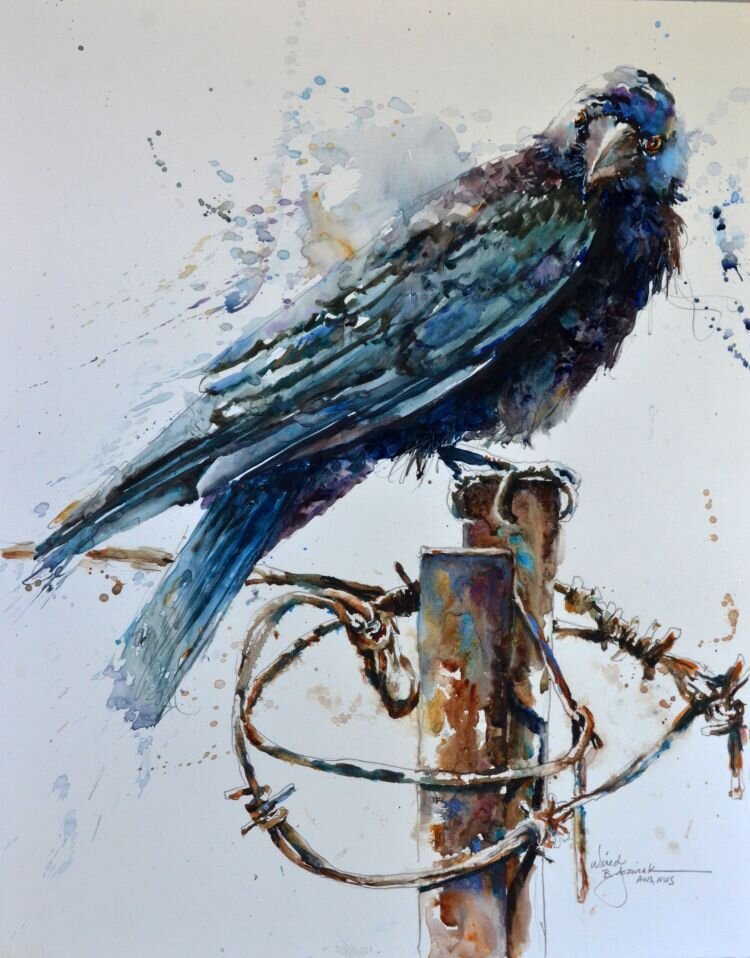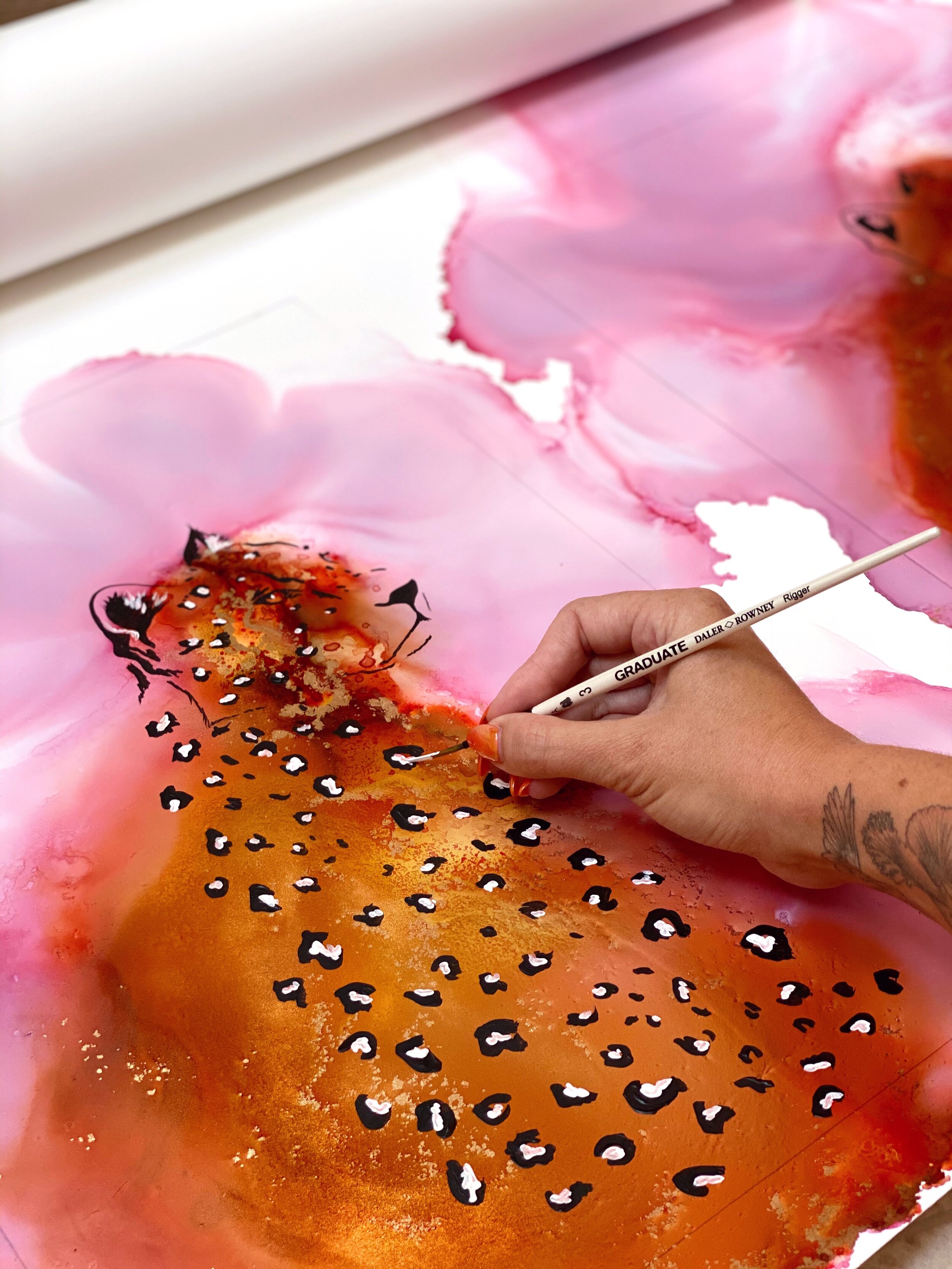Lili Arnold
Tell us about yourself and your work.
{LA} I’m a printmaker/artist based in Santa Cruz, CA. My journey has been a long one, but each part of it has been full of learning and growing. I started creating art as a child; both my parents are visual artists, so inevitably, I was exposed to the arts in many forms. I never imagined I would become an artist myself. I had so many doubts and no clear path of action to pursue my creative dreams. So, I ended up going into graphic design when I graduated with a Studio Arts degree from UCSC. I thought graphic design was the perfect bridge between financial stability and creativity, and it was for the most part; however, after a few years in the field, I was craving experimentation, individuality, and the hands-on satisfaction that fine arts gave me in the past.
At the time, it wasn’t realistic for me to quit my full-time job and pursue my own artistic path, so I began creating art on the weekends, or on quiet evenings during the weeks. I experimented with everything from watercolor, to handmade clay pots, to fine line illustration, to acrylic painting. When I brought my old printmaking tools & materials out from a dusty cardboard box, that’s when things really started to click. I carved my first piece in many years. It was a sperm whale, very small & simple, but it sparked an eventual entire body of work which led to my very first art show. The satisfaction I was getting from carving and printing blocks was unlike anything I had experienced before.
I continued on and eventually discovered my love of cacti and other captivating flora. I ended up taking a leap and leaving my full-time graphic design job to pursue my small block print business which gave me so much more time to print, develop new works, network with shops, create an online presence, and participate in all kinds of artist/maker events. It was scary to leave a steady job and have to figure out all the intricacies of running a business, but it’s been the best decision of my life yet. It’s been three years now since I’ve been creating my art full time, and I am so grateful every day for the people who have supported me along the way.
What is your process like from start to finish?
My process starts from an idea inspired by being exposed to something beautiful in the natural world. For the past couple years I have been intrigued by colorful botanicals, and all the intricate textures & gradients that exist so effortlessly in each part of the plant.
I begin by sketching, following by a freehand drawing onto a rubber block. I prefer rubber blocks because they are very easy to carve and cut up into "jigsaw" pieces for multiple colors prints.
After the drawing is completed, I then move onto carving my rubber block with linocut tools, then I separate the flower pieces by cutting them out with an excel pink grip knife (like an xacto knife).
When the pieces are separated and ready for printing, I then choose my ink colors and begin mixing on my palettes, using palette knives and brayers.
When the inks are mixed, I then roll the different colors onto my carved block, starting with the simplest pieces first, then adding gradients and finer details toward the end.
When all the pieces of the block are inked, I then assemble the composition like you would a puzzle, and I move it into place inside a template the same size as my paper.
The next step is placing the paper (Stonehenge printmaking paper of course!) on top of the inked block, placing it down on one end and gently guiding it down the rest of the way. I smooth the paper over with my hands, rubbing back and forth and around the edges. Then I either take my baren and do a more thorough burnishing of the entire block or I run it through my Speedball etching press.
The final step (the best part) is peeling the paper off the block and revealing the final work of art!
What materials do you use for your pieces?
-Stonehenge Paper (mostly in natural hue, but I also frequently use kraft and black as well)
-ReadyCut rubber blocks from Blick Art Materials
-Speedball , Flexcut and/or Pfeil carving tools (I use different tools depending on the detail I'm working with)
-Speedball and Blick Art Materials water based block printing inks
-Speedball ink retarder to help slow drying process
-Speedball rubber brayers for rolling
-Iron Frog Press glass baren for burnishing, or Speedball etching press
What do you like about Stonehenge Paper? How do you choose which color paper you’re working with for particular pieces?
{LA} I truly love every aspect of Stonehenge paper. It has a beautiful subtle texture that allows for a high quality feel, but it's smooth enough for the ink to transfer perfectly. It has a wonderful weight to it, and it also has a nice firmness that I love. It also tears beautifully with a tear bar. My default color is natural because of its warmth, which I think compliments botanical prints nicely. When I want to represent a plant that, say, has white or light colored flowers, then I recruit the kraft and black color papers to make the lighter colored plants pop. I also find that customers enjoy having a few choices; sometimes I'll make a variation of the same plant in a few different ink colors, using all three of my favorite paper colors. Having such beautiful paper color options keeps me excited to try new ideas and always stay inspired.
What’s the biggest challenge you face when creating?
{LA} The biggest challenge I find when I'm creating a new piece is figuring out a new way to represent a plant in a manner that celebrates its natural beauty but also incorporates my mark-making style. Staying true to myself in the way I create art and experience the process is so important to me. I think in order to truly love what you do, you need to make whatever it is completely your own. Finding inspiration and learning from others is all part of the process, but when it comes down to creating a finished piece of art I feel it needs to be made from the heart which usually doesn't come quickly. I have to remind myself to be ok with the time it takes to develop a piece that feels truly authentic and properly representative of the subject.
Strelitzia Reginae by Lili Arnold
Do you have a favorite piece?
{LA} I think my favorite piece of the moment is my newest piece, "Strelitzia Reginae" aka Bird of Paradise. I love this piece mostly because it was a challenge; I pursued an idea that was on my mind for a long time, that I was afraid to embark on because I could never quite visualize how it might work out. I made a decision to just put my head down and give it a shot, working through many sketches and trying to plan out the most efficient way to cut out the "jigsaw" pieces in order to capture all the unique colors and gradients of the flowers. Overcoming challenges is what gives me the most satisfaction in my work, whether it is solely a lesson learned, or whether it results in a piece that I am truly proud of.
Find more about Lili Arnold’s work:
Website: www.liliarnold.com/shop
Email: liliarnoldstudios@gmail.com
Instagram: www.instagram.com/liliarnoldstudios
Facebook: www.facebook.com/liliarnoldstudios






